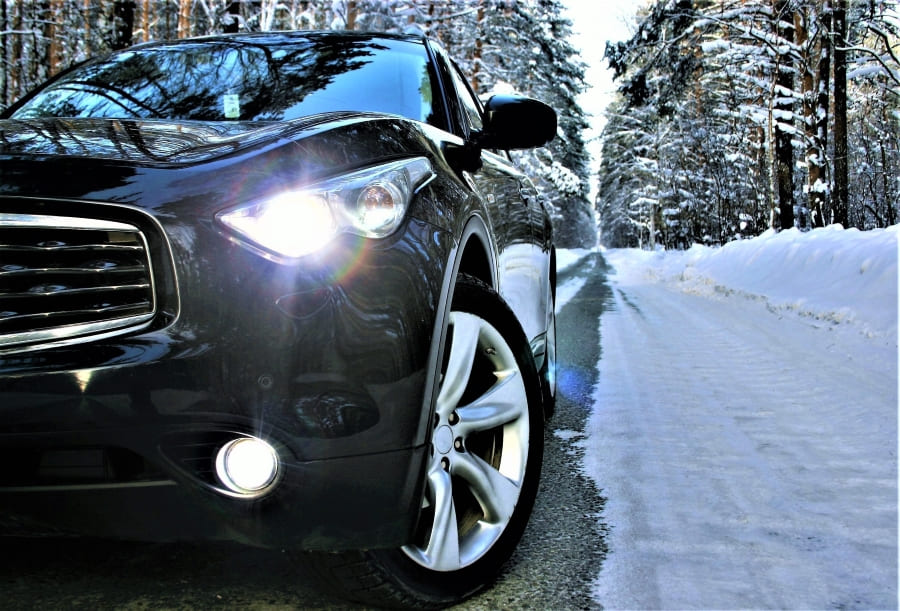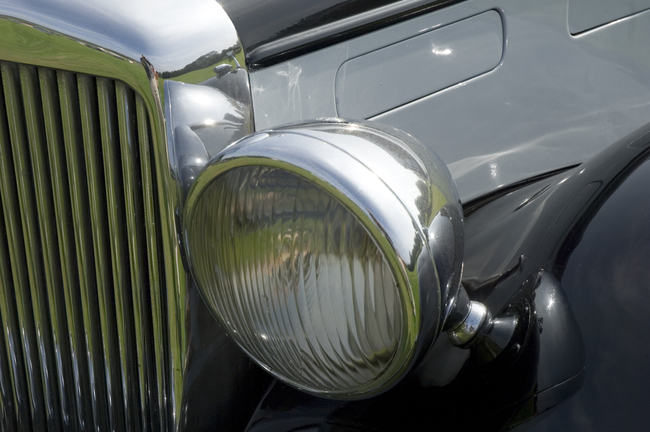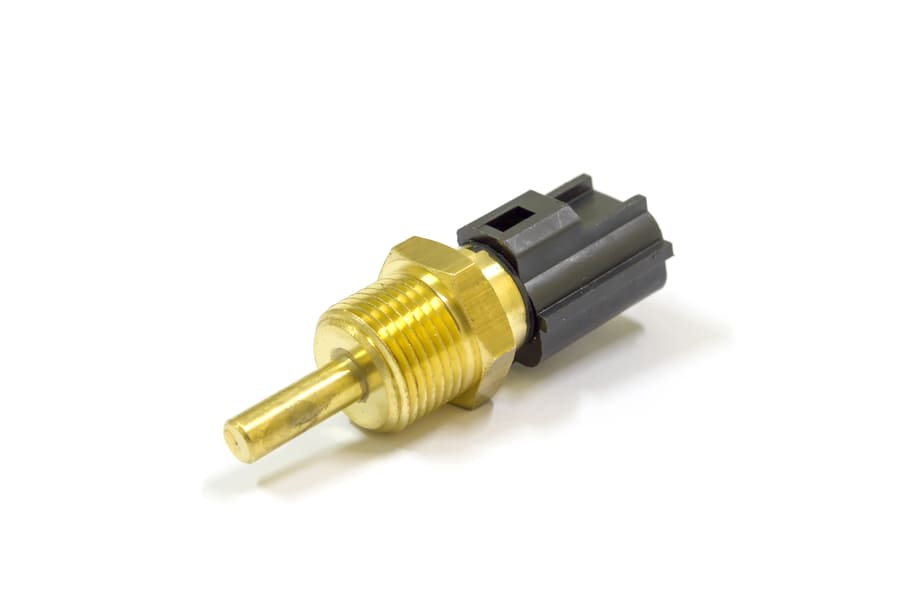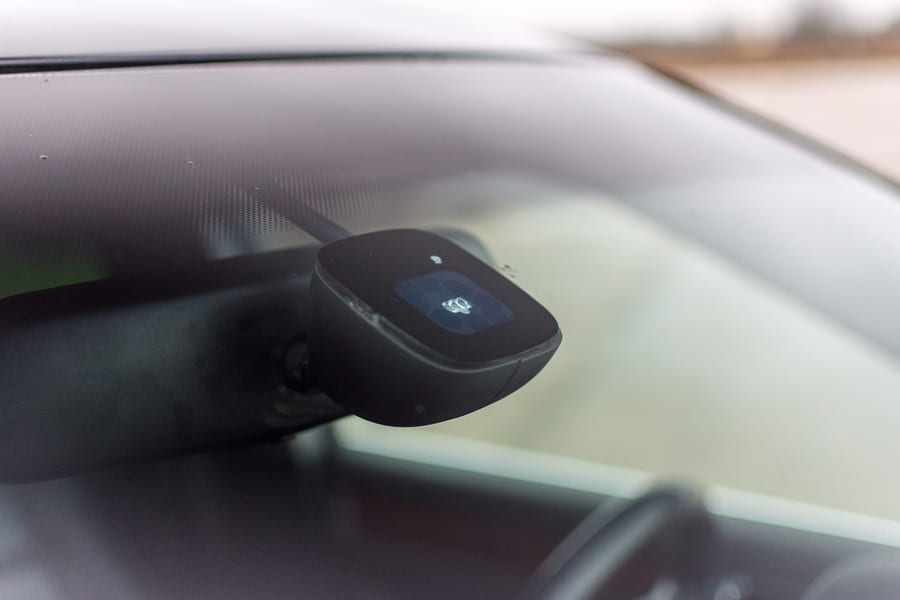
ATTESA (Advanced Total Traction Engineering System for All-Terrain) is the name for all-wheel-drive systems on Nissan and Infiniti cars. The system first appeared in 1987 when the Nissan Bluebird U12 model was released. The system improves the vehicle’s off-road capability and helps it to gain traction on slippery surfaces. It helps to utilise the engine torque efficiently. It also improves the vehicle’s dynamic characteristics and cornering stability.
How it works
ATTESA all-wheel drive can be full- or on-demand. In the early years, cars with transverse engines were equipped with a transfer case with a planetary centre differential. It was locked by a viscous clutch. The engine torque was distributed between all four wheels depending on the road conditions.
Later, on-demand AWD was used. It doesn’t have a centre differential. Instead, a bevel gear located in the transfer case is connected to an additional shaft of the front differential. This gear constantly transfers the torque to the propeller shaft. A viscous clutch, controlled by the on-board computer, connects the propeller shaft with the rear axle final drive.
A more complicated system is installed on cars with longitudinal engines. A multi-plate clutch with a pump is present in the transfer case. When it is disconnected, 100% of the engine torque is supplied only to the rear axle.
Features
| Name | Drive type | Distinctive features | Year of first production | Cars equipped with this system |
| ATTESA | Full-time | The limited-slip centre differential is locked by a viscous clutch. | 1987 | Nissan Bluebird U12, U13; Pulsar C13; Primera P10. |
| On-demand | The rear axle is engaged by a viscous clutch when the front one slips and can get up to 50% of the engine torque. | 2000 | Nissan Bluebird G10, N16; Pulsar C13; Primera P12. | |
| ATTESA E-TS | On-demand | A multi-plate clutch is used as a centre differential. Up to 50% of torque can be transferred to the front axle. Some versions feature manual full clutch lock-up with a button. In this mode, the torque is split equally between the front and rear axles. | 1989 | Nissan Skyline R32, R33, GT-R, GTS-4, Cefiro SE4 LNA31, Stagea, Laurel C34, C35, Cedric; Infiniti M Y51, QX4, G V35, V35, M35 Y50, 37 Y51, QX70 Y51, EX J50. |
| ATTESA E-TS Pro | The same units as in the ATTESA E-TS are used. The difference lies in an active rear limited-slip differential, which distributes the torque between the wheels. | 1995 | Nissan Skyline R33, R34. |








Comment